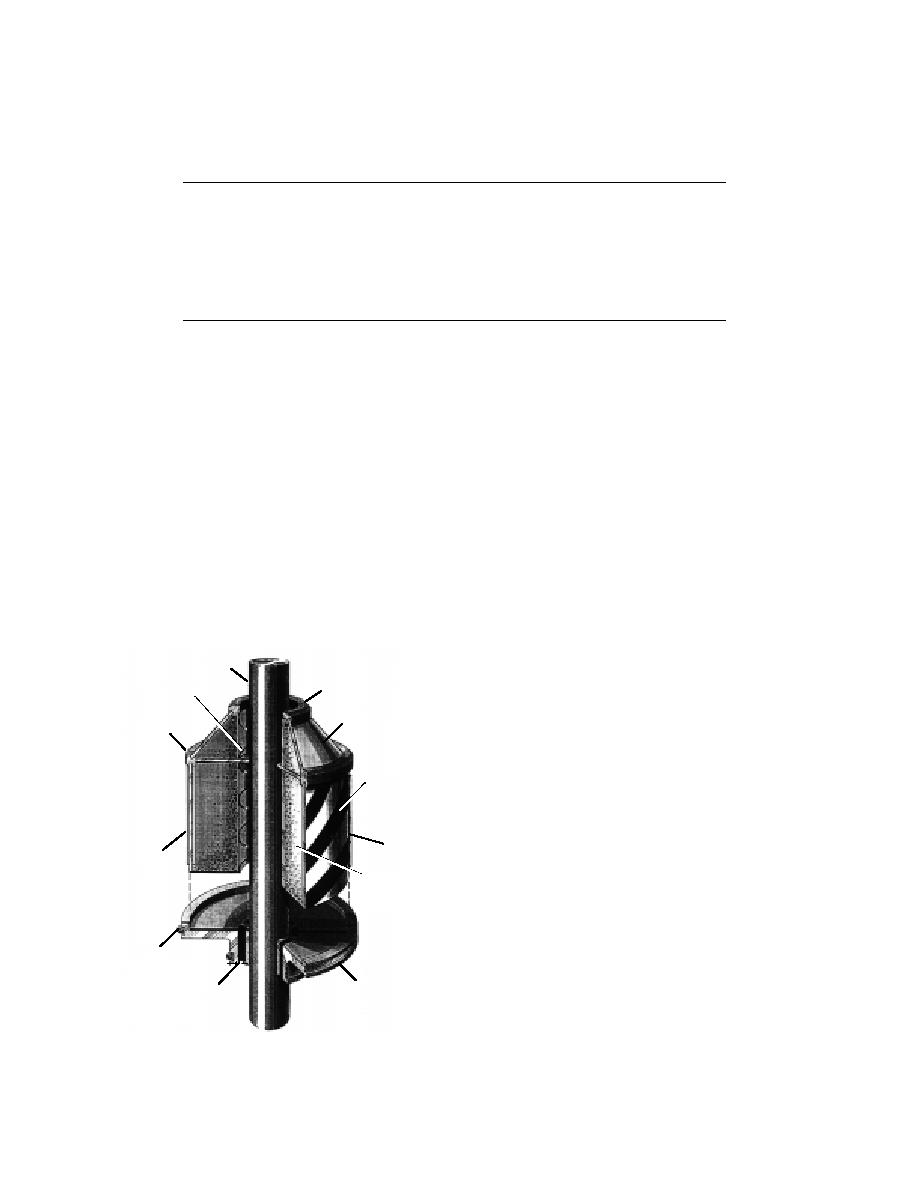
Table 20. Mechanical properties of several foam materials (Marshall 1982).
Tensile
Compressive
Shear
Shear
Density
strength
strength
strength
modulus
Max. service
temp. (F)
(lb/ft3)
Foam material
(psi)
(psi)
(psi)
(psi)
ABS*
4056
20004000
23003700
--
--
176180
Cellulois acetate rigid
68
170
125
--
--
350
Epoxy closed cell rigid
5
51
90
--
--
350
Phenolics foam-in-place
0.51.5
317
215
--
--
--
Polycarbonate
50
5500
7500
--
--
270
HD polypropylene foam
35
1600
2100
--
--
--
Polyurethane rigid c. cell
1.33.0
1596
1560
20
226
180250
Polyvinyl chloride rigid
3
1000
95
65
1200
--
* Acrylonitrile-butadiene-styrene
SI conversion factors: 1 lb = 0.454 kg, 1 psi = 6.89 kPa, 1C = 0.56(F32)
tion would be made. Since the facing material will
(2,000 lb) and an impact speed (v) of 48.3 km/hr
have to wrap around the luminaries supports or
(30 mi/hr) or 13.42 m/s (44 ft/s), we have
the trees, they must be deformable for fabrica-
U (kinetic energy) = (mv2)/(2g) =
tion.
Normally, the primary function of the core ma-
81.528 kJ (60,124 ft-lbf).
(14)
terial is to stabilize the facings and transfer the
shear loads, but at crush impact, the core mate-
Therefore, 81.528 kJ (60,124 ft-lbf) of energy
rial has to respond to most of the crushing load.
would have to be dissipated in the impact by
Thus, the selection and design of the core mate-
crush deformation of the plastic crash cushion.
rial must be based on energy management dur-
The core must possess the sacrificial and energy
ing vehicular collision with the cushion and the
dissipating mechanisms for this purpose.
fixed object. For a vehicle weight (m) of 908 kg
The use of foam as a structural, as well as a
controlled energy dissipating material, has been
and is now extensive. Because of the single-step
injection molding process, foam is lower in cost
Post
too. It also has the potential to form the CPC with
Cap
the two facing plates in a single operation by care-
Leaf Spring
Gasket
ful adjustment of the curing reaction and the heat-
Shoulder
Cap Cushion
sink effect of the mold. This process forms a part
Gasket
in which the facings are simply the higher den-
sity form of the foam and are common in many
Body
applications in the automotive industries. The
Cushion
mechanical properties of several candidate foam
materials for the CPC are listed in Table 20.
Hinge
Conceptual design
H-Section
Gasket
A cutout view of the conceptual CPC is illus-
Rigid HD Foam
Rigid HD Foam
trated in Figure 72. The CPC would be mounted
Pollypropyene
Poypropyllene
on a pole or a tree about 203.2 mm (8 in.) above
the ground with the functional height extending
to about 812.8 mm (32 in.) above the ground. This
Band Clamp
would give a crush length of about 610 mm (24
in.). Including the cap cushion, the overall length
Polyurethane
Drip Hole
of the CPC would be approximately 1.02 m (40
Bottom Plate
in.), as shown in Figure 73. It has been designed
to produce a potentially lightweight, compact, and
Figure 72. Cutout view of the conceptual crush-
radially symmetrical configuration that can be
able plastic cushion.
easily constructed. The body will consist of two
52



 Previous Page
Previous Page
